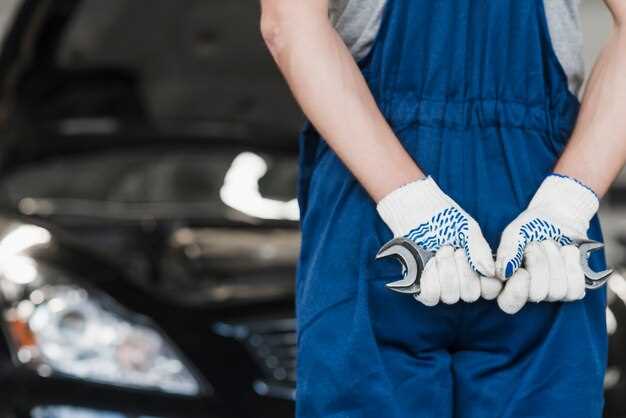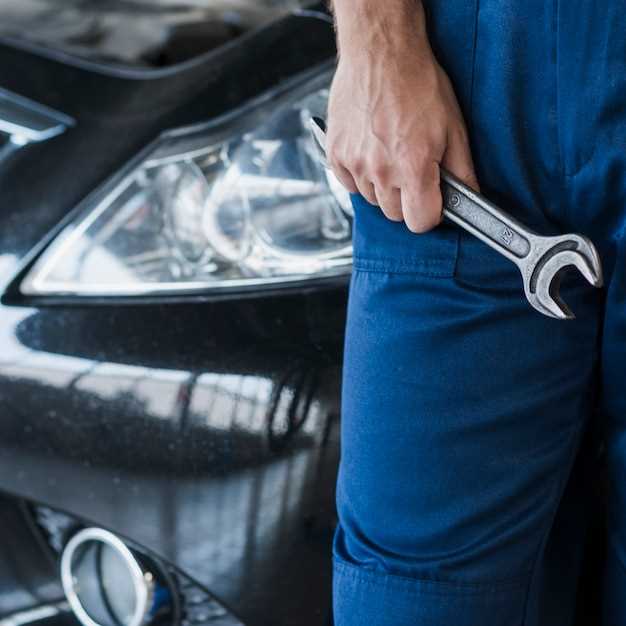
How to Fix Small Car Dents Yourself
- Arthur Rodriquez
- 0
- Posted on

If you’ve ever experienced the frustration of a small dent in your vehicle, you’re not alone. Many car owners face this issue, but the good news is that you can successfully tackle minor dents with some simple DIY techniques. Understanding how to repair these imperfections not only saves money but also empowers you as a car owner.
Dents can be caused by a variety of factors, including hail, minor collisions, or even shopping carts. Regardless of the cause, knowing how to handle these small repairs at home can be a rewarding experience. In this article, we’ll explore various methods to repair car dents using readily available tools and materials, allowing you to restore your vehicle’s appearance without professional help.
Whether you’re a seasoned DIY enthusiast or a novice looking to learn new skills, mastering the art of dent repair can be both practical and fun. We’ll guide you through step-by-step processes that ensure your car looks as good as new in no time. Let’s get started on the path to effective dent repair and discover the satisfaction of taking care of your vehicle yourself!
Choosing the Right Tools for DIY Car Dent Repair

Repairing small car dents at home can be a satisfying and cost-effective project. To achieve successful outcomes, selecting the right tools is crucial. The following tools are essential for any DIY car dent repair.
First, a heat gun or hairdryer is effective for softening the metal around the dent. This allows you to manipulate the surface more easily. Be careful not to overheat the area, as this could cause further damage to the paint.
A plunger is another useful tool for DIY dent repair. A standard cup plunger can create a vacuum effect that may pull the dent out. Ensure the surface is wet for optimal suction. This method works best on shallow dents with a smooth surface.
Additionally, a dent removal kit is a great investment. These kits typically include various tools such as plastic scrapers, glue guns, and pulling tabs. They are designed specifically for DIY dent repair, making the process more manageable.
Lastly, having a polishing compound on hand is essential. After successfully removing the dent, use the compound to restore the shine and smooth finish of your car’s exterior. This final touch ensures that your repair looks professional.
By equipping yourself with these tools, you set yourself up for success in DIY car dent repair projects. Taking the time to choose appropriate instruments will greatly enhance your ability to restore your vehicle efficiently and effectively.
Step-by-Step Guide to Using Heat and Cold Methods
The heat and cold method is a popular DIY technique for repairing small car dents without the need for professional help. This method utilizes the properties of thermal expansion and contraction to help restore the shape of the metal. Follow these steps for a successful repair.
Step 1: Gather Your Supplies
You will need a few essential items for this process: a hairdryer or heat gun, aluminum foil, ice or compressed air, and a soft cloth. Ensure you have access to a clean area to work on your car.
Step 2: Clean the Area
Before starting the repair, clean the dented area of your car thoroughly. This ensures that dirt or debris does not interfere with the process. Use the soft cloth to wipe the surface.
Step 3: Apply Heat
Use the hairdryer or heat gun to warm the dented area for about 30 seconds to 1 minute. Keep the device at a distance of approximately 6 inches to avoid damaging the paint. The goal is to make the metal flexible enough to reshape it.
Step 4: Cover with Aluminum Foil
After heating, quickly cover the area with aluminum foil. This helps to retain the heat while also protecting the paint. Ensure the foil is flat against the surface of the car.
Step 5: Apply Cold
Next, take the ice pack or use compressed air and apply it to the center of the dent. If using compressed air, hold the can upside down and spray directly onto the foil-covered area. The rapid cooling will cause the metal to contract, potentially popping the dent out.
Step 6: Remove Foil and Inspect
After about 30 seconds, remove the aluminum foil. Inspect the area to see if the dent has improved. If the dent is still visible, you may need to repeat the heating and cooling process a couple of times.
Step 7: Final Touches
Once the dent is fixed, wash the area again to remove any residue left by the aluminum foil. If necessary, apply a wax or polish to restore the shine to your car‘s surface.
Using these steps, you can effectively repair small car dents at home using the heat and cold method. Always remember to be cautious with heat application to avoid damaging your vehicle’s paint.
Finishing Touches: Sanding and Painting to Restore Finish

After successfully repairing the dent in your car, the next crucial steps involve sanding and painting to restore the original finish. These processes will ensure the repair area blends seamlessly with the rest of the vehicle.
Start by selecting fine-grit sandpaper, typically around 2000-grit, to gently sand the repaired area. This step is essential to eliminate any imperfections and smooth out the surface. Be sure to sand in a circular motion, applying light pressure to avoid damaging neighboring paint. Once you achieve a smooth finish, wipe the area clean with a microfiber cloth to remove dust and debris.
Next, it’s time to tackle the painting process. Choose a color that matches your car’s finish, which can usually be found in a code on the manufacturer’s label. Using a spray can or a brush, apply the paint in thin coats. Start from a distance of about 6-12 inches, allowing each layer to dry completely before applying the next. This technique helps prevent drips and ensures even coverage.
After the final coat has dried, inspect the area for consistency. If needed, you can lightly sand again with fine-grit sandpaper and apply a clear coat to further enhance the gloss and protect the surface. Once everything is dry, polish the affected area to restore the shine.
By following these steps, you can effectively address the dent repair and ensure that your car looks as good as new once more.